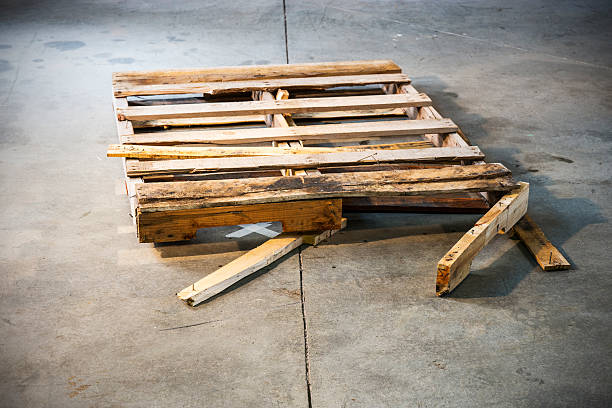Today, we’re going to explore the key differences between timber and steel pallets.
Timber pallets are often lighter and cheaper than their steel counterparts, meaning they don’t always have to be handled by a forklift, and work well for smaller and lighter products.
For heavier and more complex components, timber pallets are not an acceptable choice in terms of safety because their strength simply cannot be guaranteed. Timber boards often come loose when put under strain, and while hardwood is certainly stronger than pine, it cannot hold up to the forces covered in National Transport Law.
Timber is a natural product, meaning prices and availability can be affected by environmental laws, weather patterns, and mill production. As an example, timber pallet prices have recently risen by 15%, due to a lack of supply.
Timber can also be susceptible to moisture and pests, which may affect its durability over time.
In comparison, steel pallets are designed for strength, safety and longevity.
They can withstand harsher conditions, and can be engineered and certified for transport, making them ideal for heavy-duty applications.
Unlike timber, steel pallets are resistant to moisture, pests, and fire, providing a more durable option.
Additionally, steel pallets can be customized in terms of size and design to meet specific needs.
While timber pallets are often more cost-effective initially, steel pallets can offer better value in the long run due to their safety and durability.
In summary, the choice between timber and steel pallets depends on your specific requirements. Timber is a natural, lighter option, while steel ensures safety, durability and strength.


